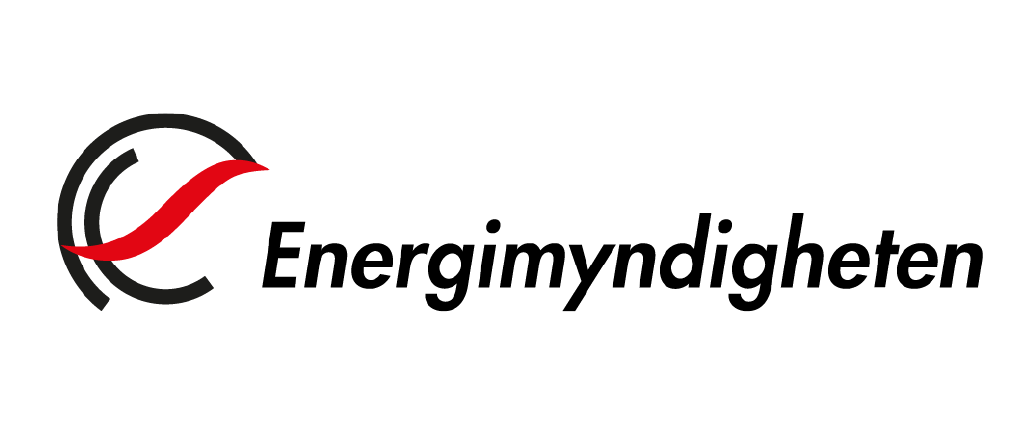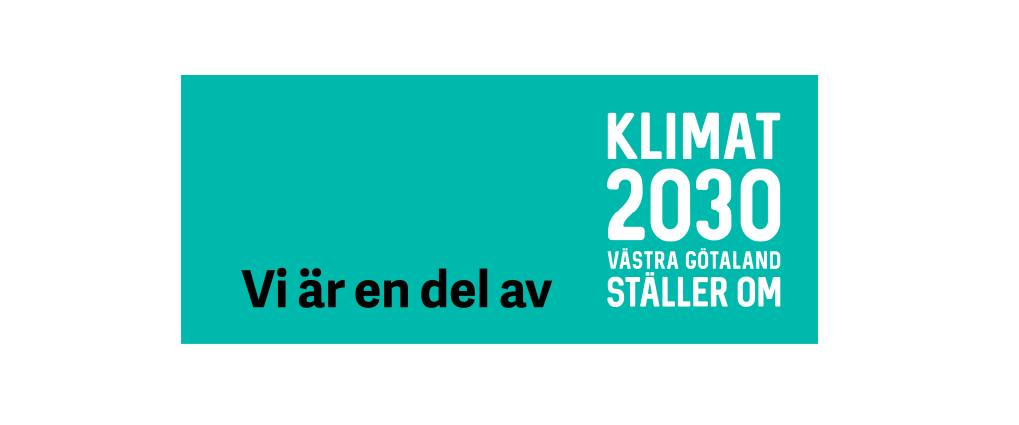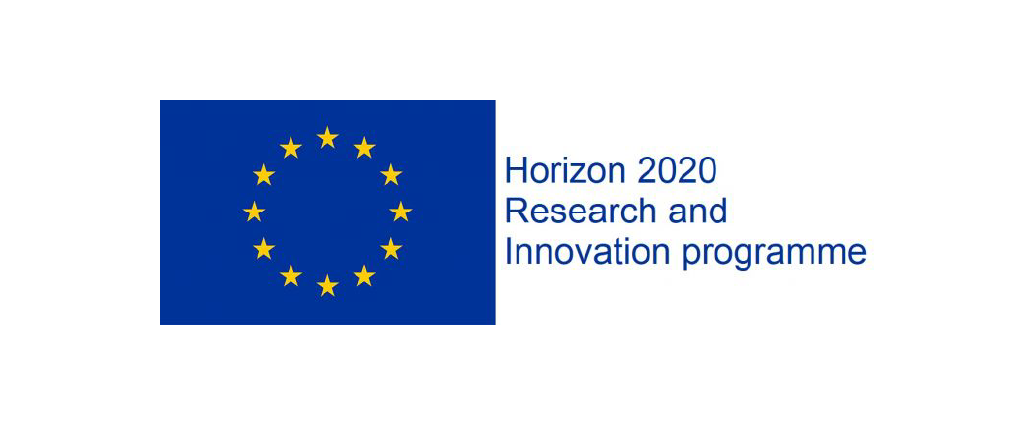Is there a role for district heating in future cities with low energy buildings?
- Utgivare: 11th International Symposium on District Heating and Cooling, August 31 to September 2, 2008, Reykjavik, ICELAND
- År: 2008
- Författare: Jan-Olof Dalenbäck
- Typ: Konferensbidrag
Download: here!
The district heating sector is challenged in its traditional way of doing business by buildings increasingly more energy efficient (with low heat demand for space heating). This paper reports on work of mapping out such challenges connected to passive houses in Sweden. It should be noted that the conditions might be different in different geographical areas. To gain climate friendliness in the building sector a system perspective must be used both regarding energy and environmental issues. The levels of energy use in buildings in Sweden today and in the future are discussed together with marginal vs. average thinking regarding energy and heat production.
From our findings we conclude that it is not necessarily so that electricity or natural gas should be the option of choice for hot water demand or peak loads that need to be externally covered also in energy efficient buildings. However, it will require active work by district heating companies to stay competitive. It will be increasingly important for district heating companies to communicate with their customers. It will also be important to identify new customers and new areas where heat can be utilized; the “district heating villa” in Göteborg, Sweden is an example of investigating new possibilities of heat use. The study reported in this paper has identified a number of areas where further research and development is needed for district heating to improve the future market position of district heating.





